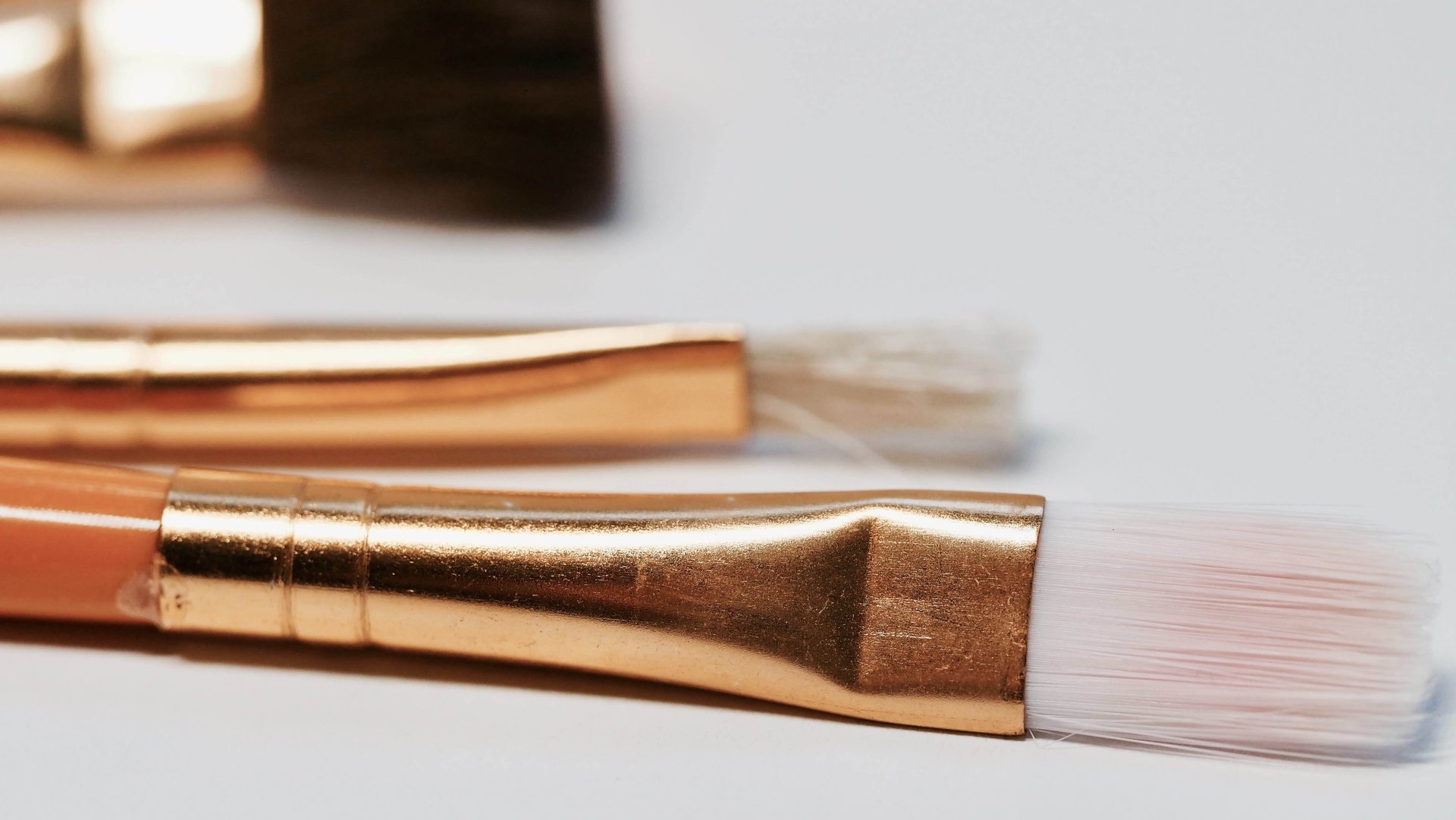Weekend Project: Clean Your Makeup Brushes (Because They’re Disgusting)
Officially speaking, makeup brushes should be cleaned once a week. But here’s a fun fact: Makeup brushes, and other personal grooming items like toothbrushes and razors, are considered high-touch items that you should be more considerate of keeping clean during The Troubles.

Officially speaking, makeup brushes should be cleaned once a week. But here’s a fun fact: Makeup brushes, and other personal grooming items like toothbrushes and razors, are considered high-touch items that you should be more considerate of keeping clean during The Troubles.
Suggested Reading
You don’t however, need to disinfect those things every day—a better approach is to clean and disinfect them, and then to be diligent about washing your hands before you use them. Which brings me back to makeup brushes and applicators; it’s a good thing to wash makeup brushes because they’re high-touch, but also for the health of your skin (dirty brushes can cause breakouts) and because dirty makeup brushes will lead to patchy, uneven application. So! Clean your brushes. Plus, it’s a pretty quick and weirdly satisfying job you can do and then be like, “Well! Look at my accomplishments, I have cleaned my makeup brushes.”
Related Content
There are different types of brush cleaners—more on those in a sec—but you can also use a gentle, clear shampoo (like baby shampoo) to clean brushes, which is a nice option to know about.
Here are the basics to know about the different kinds of brush cleaner you’ll meet in this life.
Solid brush cleaner is a good choice for people who regularly need to clean one or two brushes (like eyeliner brushes) between uses.
Brush cleaning wipes are great for regularly cleaning brushes, because unlike liquid or solid brush cleaners, they don’t leave the bristles wet and so the brushes will dry in just a few minutes.
Silicone cleaning mats are silicone discs with raised nubs that help to release makeup residue from bristles that can be used with or without brush cleaner.
Power cleaners are kind of like stick blenders for your makeup brushes, and are designed to be used with liquid makeup brush cleaner or a mild soap diluted with water.
Liquid cleaners are the most popular kind of brush cleaner—you can buy one or DIY it
How to Make a DIY Brush Cleaner
1 cup distilled water
¼ cup isopropyl alcohol
½ tablespoon dish soap
½ tablespoon baby shampoo
Medium sized bowl or jar
Spoon
Empty bottle to store solution (12 oz. size or larger)
Funnel (optional)
- Combine all ingredients in a bowl and gently mix together.
- Using the funnel pour the cleansing mixture into the container.
How to Clean Makeup Brushes Using Liquid Cleaner
- Pour the makeup cleaner into a small bowl, leaving enough headspace for the brushes.
- Place the bristles of the makeup brush in the bowl to absorb the brush cleaner—don’t swish the brush around, because that will release the makeup and cause the cleaner to get muddied.
- Take the brush out of the cleaner, hold it under cool running water and swipe it back and forth on the palm of your hand or a clean sponge until the water runs clear.
- Swipe the brush back and forth on a paper towel, reshape the bristles and lay the brush flat to dry.
- Repeat with remaining brushes, using the same bowl of cleaner.
- Wipe the handle with a small amount of rubbing alcohol to disinfect.
How to Clean Makeup Brushes Using Solid Cleaner
- Unscrew the lid and remove the pebbled silicone pad that comes with solid brush cleaners, and place it in the sink.
- Wet the solid cleaner and the brushes, then swipe the brushes across the bar.
- Hold the brushes under cool running water and sweep the bristles back and forth across the silicone pad until the water runs clear.
- Swipe the brush back and forth on a paper towel, reshape the bristles and lay the brush flat to dry.
- Wipe the handle with a small amount of rubbing alcohol to disinfect.
Regardless of what type of brush cleaner you use, be sure to rinse the bristles very, very well to prevent residue from causing breakouts or skin irritation.
